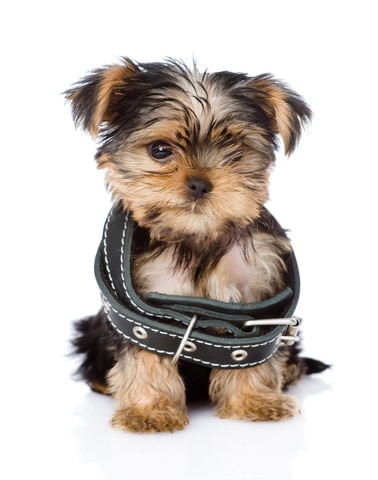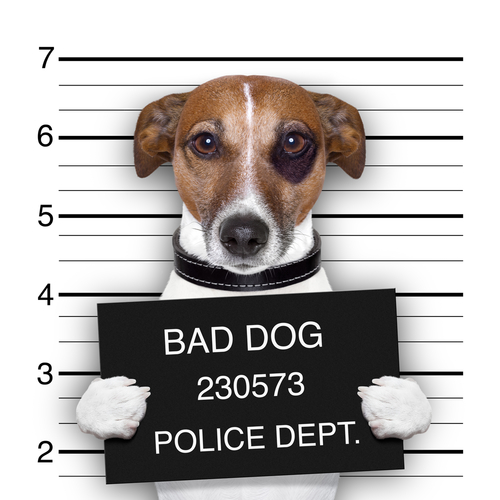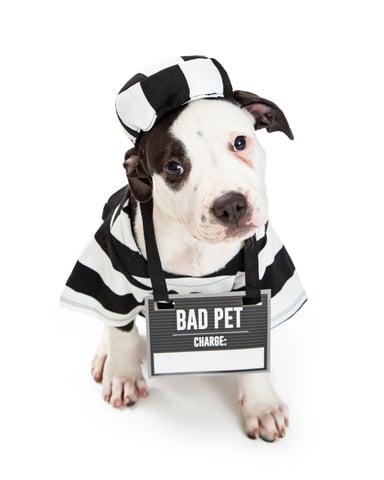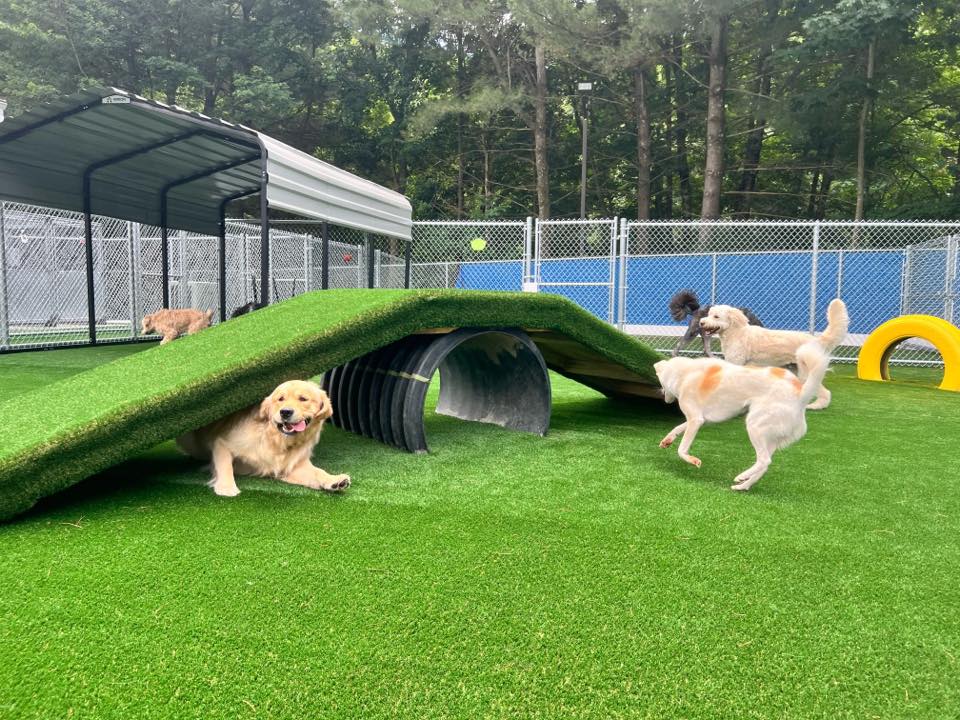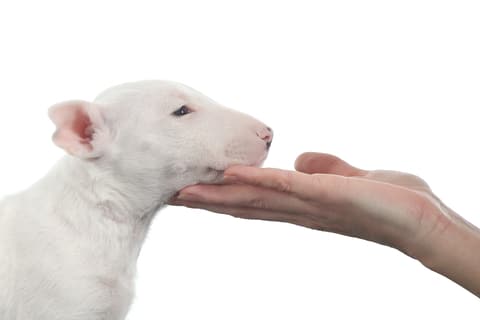Most people like hugs ... Do most dogs?
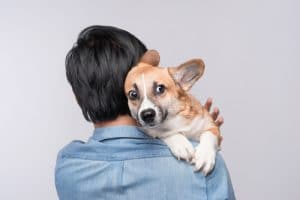
One of our class instructors, Shari, talked to me about a situation in one of her classes. A student, Michelle, had a sweet, affectionate Maltese named Maggie that Michelle loved to pick up, hold, carry around, and cover with kisses. The second week of class, Michelle told Shari that Maggie was afraid of the sound of the clicker, and would leave the room when she heard it. What Shari observed, however, was different from what Michelle described. As the class was working on the various behaviors, with loads of clicking going on, Maggie wasn’t bothered by the sound at all. But when Michelle interacted with Maggie, whether clicking her or even just talking to her, Maggie would freeze up and turn away. Maggie was not enjoying the interaction with Michelle at all.
After class, Shari carefully and with great compassion suggested that for one week, Michelle make some adjustments in her interaction with Maggie. She recommended that Michelle not practice the class behaviors, not ask Maggie to sit or lie down, but rather just let her be a dog. She suggested not picking her up and carrying her, and to stroke her gently only when Maggie approached her and asked for affection. Michelle was confused by these instructions, but agreed to try it.
In just one week, Maggie was more relaxed in class. After two weeks, she was sitting and lying down in response to cues, but most importantly she checked in often with Michelle, sought her affection. She even became more social with the other dogs. Once Michelle was able to relax, respect Maggie’s space, and stopped forcing her “love” on her, Maggie became more affectionate and their entire relationship grew and strengthened.
I was reminded of this story when my sister-in-law, Diane, one of the most affectionate, wonderful people in the world, wrote to me about Chella Luna, one of her dogs who sometimes runs away from her, seemingly in fear, while at other times is happy to see her. Diane loves hugging and kissing her pets, and typically they have liked it or at least tolerated it—but none has ever acted as Chella is. I know it’s breaking her heart.
Here’s the thing, hugging, kissing and being held are not canine interactions—that is, dogs don’t hug, smooch and hold each other. It isn’t that a dog can’t learn to tolerate, and even enjoy a behavior doesn’t come naturally. After all, dogs enjoy petting, which also isn’t something dogs do to each other.
Some dogs do enjoy hugging, but often a dog will view hugging and smooching as an intrusion, an invasion of the dog’s personal space. This space, also called “critical distance” is the area within which a dog will allow others. The critical distance changes depending on the relationship between the dog and the “intruder.” For example, a dog will generally allow his owner to do things such as clean his ears, examine teeth, and the like, while he might object to this same intrusion from a stranger.
Many dogs will tolerate close physical contact such as Michelle and Diane engaged in, but you’ll generally see “calming signals”—yawning, lip licking, rapid eye blinking, and looking or turning away. These are subtle signs that the dog uses to express feelings of slight discomfort to real anxiety. In the extreme, some dogs engage in avoidance behavior, as Maggie and Chella do.
To overcome your dog giving you the cold shoulder, as Michelle did, be respectful of the dog’s feelings, listen to what he’s “saying” through is body language, and try to meet him on his terms—avoid hugs and smooches, gently stroke and massage your dog, and engage in training, games and activities that your dog enjoys.

